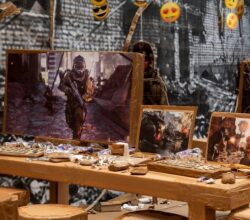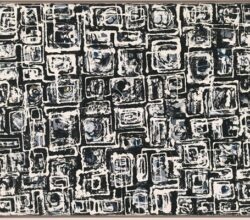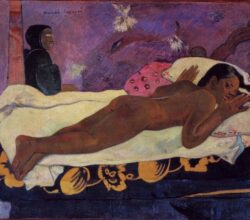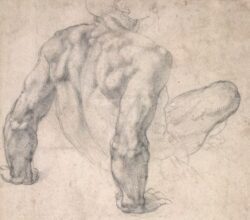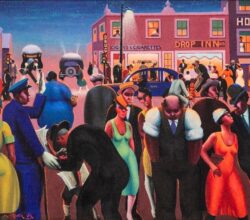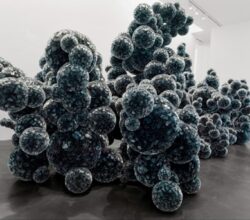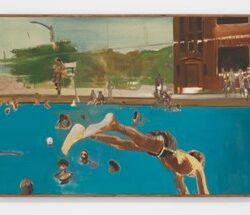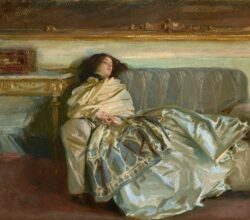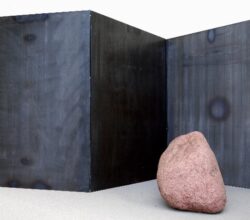
Lee Ufan and the art of slowness
Martin Herbert | Apollo | 28th February 2024
Japan’s Mono-ha art movement explored the properties of natural and industrial materials. Lee, one of its founders, used those ideas to produce an acclaimed body of minimalist-looking paintings and sculptures. These works need slow viewing – the patina of the steel plates, the grittiness of the stone. His paintings display single or repeated small brushstrokes that peter out into nothingness. They exude tranquillity. This show “brims with abstract feeling but finally says only what a viewer brings to it.” More images are here.


